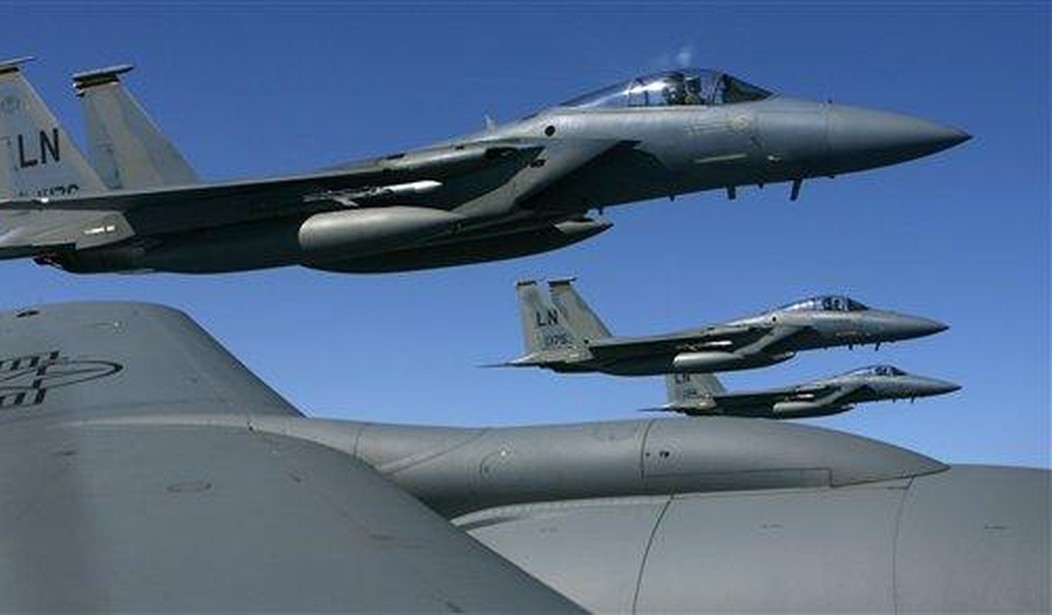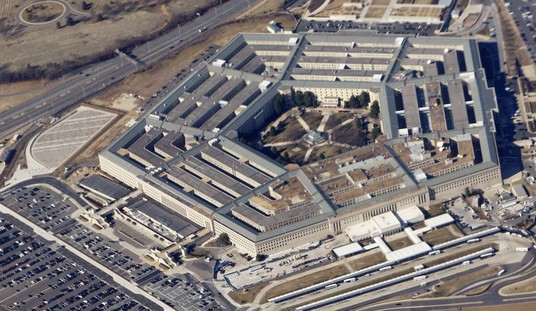Many years ago in grade school, we had a playground bully who liked to push little kids down, me included. I suppose he was abused at home. I don’t care. I consulted my Dad, who knew everything in those days.
He said sometimes the right thing is to walk away. “But at some point, son, you’ll have to stand up to him.” I had kinda hoped Dad would do the standing up to him part. So, putting responsibility on me was quite terrifying. The bully was a fifth-grader, for heaven’s sake.
Sure enough, the same school year, that kid came at me again, walking right up and shoving both shoulders hard to knock me down. From out of nowhere, without thinking that time, I struck back as hard as a third-grader could swing his little fist. The unexpected retaliation landed full on the shocked bully’s throat. That was as high as I could reach.
He fell back, coughing, grabbing his neck. The juvenile crowd gasped. He hustled away. The playground monitor reported details to the principal. He closed his office door, sat down next to me, all serious. “Sometimes,” he said, suddenly smiling, “you have to stand up to bullies.”
I thought of that enlightening episode back in February when Joe Biden bombed an Iranian militia outpost in Syria in retaliation for rocket attacks on Iraqi bases with U.S. personnel, his first known use of lethal force as commander-in-chief. Albeit the most conservative military option available.
Sunday night, word arrived that Biden had ordered new F-15E attacks along the Iraq-Syria border on three militia weapons sites said to be preparing launches against similar U.S.-occupied bases.
“The United States,” a Pentagon spokesman said, “took necessary, appropriate and deliberate action designed to limit the risk of escalation, but also to send a clear and unambiguous deterrent message.”
That sounds firm, as it was meant to — firmer than the president himself usually sounds these days. Militia groups there have been using increasingly sophisticated armaments in recent weeks. These have included at least eight attacks by unmanned drones, an indication that perhaps Biden’s measured response last winter was too subtle for Iranian commanders.
The Wall Street Journal reported the February retaliation initially involved two targets, but Biden canceled one when he heard a woman was seen in the area.
Now comes word that after the February retaliation, Biden, who desperately wants to restart nuclear talks with Teheran, sent a confidential back-channel message to Iran that the new president did not really want a fight with Iran and that attack was minimal and directed at Iranian militias, not Iran. An official told the Journal that a similar “Take-that-but-don’t-worry-that’s-all” message would be sent after Sunday’s bombing, too.
Biden has also already eased some economic sanctions on Iran and Iranians, none of which has produced any negotiation movement.
No one advocates a major attack on Iran, especially as Biden completes President Trump’s troop withdrawal from Afghanistan after 20 years of fighting.
But these two modest Biden attacks with their almost-apologies seem more like military tokens for domestic U.S. consumption than any realistic bid to deter hostile behavior by the world’s largest exporter of terrorism.
Such unsuccessful stances seem chronic to Democratic administrations. In June of 1980, President Jimmy Carter ordered Operation Eagle Claw to rescue 52 Americans held hostage in Teheran. The mission failed to rescue anyone. Eight service members died.
In 1998, a group of terrorists known as al Qaeda under someone named Osama bin Laden was responsible for blowing up U.S. embassies in Kenya and Tanzania, killing more than 200. President Bill Clinton ordered Tomahawk missile attacks on al Qaeda training camps in Afghanistan.
Bin Laden was not there. He went on to organize the 9/11 attacks, among other deadly acts. He was not caught until a 2011 Seal Team 6 raid authorized by Barack Obama killed him in a Pakistan housing compound.
That same year without congressional authorization Obama, who had already won the Nobel Peace Prize for some reason, joined a European effort to oust Libya’s dictator Moammar Gaddafi. The coalition eventually succeeded.
A mob killed Gaddafi. But Libya turned into a lawless state that became a training ground for numerous terrorist groups, one of which killed four unprotected Americans in Benghazi, including the ambassador. Obama was nowhere to be seen or heard during that long deadly night.
The next year, 2012, Democrat Obama was asked what might prompt him to use military force in the Syrian civil war? He said “a red line” would be that regime using chemical weapons again on its civilians.
Bashar al-Assad did exactly that months later. But Obama’s threat never materialized. The wily Russian President Vladimir Putin gave the Democrat a face-saving out by appearing to get Syria to surrender all its chemical weapons.
Turns out, al-Assad did not surrender them all. He dropped gas on civilians in rebel areas during the early weeks of Trump’s presidential tenure. Two days later the new Republican president ordered 59 Tomahawk missiles launched to erase that Syrian air force base, which they did.
However, Trump made a different decision in 2019. Though tough at times, Trump ended up as the only modern president not to initiate any new foreign military interventions.
Two years ago, in response to harassment and attacks on international shipping in the Straits of Hormuz, Trump authorized a punitive air raid on Iranian radar installations.
The president asked how many fatalities the Pentagon estimated would occur. Told 150, Trump canceled the attack as disproportionate and the planes turned around in midair.
Then, early last year, aerial surveillance spotted Qasem Soleimani arriving at the Baghdad Airport. As Iran’s most esteemed general and the longtime head of the deadly Quds Force, he directed Teheran’s overseas terrorism and clandestine military operations blamed for the deaths of scores of U.S. troops in Iraq. President Trump was informed. He approved an attack.
As Soleimani’s car departed the airport on Jan. 3, an unmanned Reaper drone delivered a $105,000 Hellfire missile that settled that score. There was no almost-apology.
Here’s how effective a Hellfire missile is:














Join the conversation as a VIP Member